Based out of Halifax, Nova Scotia, this infantry regiment traces its local roots as a Halifax unit of Militia back to June 21, 1749 when Sir Edward Cornwalis formed a local Militia under his own command. Ten companies were mustered at the Grand Parade in the city and were later formed as a collective battalion.
The regiment was authorized as an officially constituted unit of Canada in 1869, following the passage of the 1868 Militia Act. During the unit's history, it has undergone several name changes. On November 5, 1869, the regiment was named the 66th The Halifax Battalion of Infantry. Originally consisting of six companies, it later gained two more.
Ten years later, on November 14, 1879, the regiment was once again renamed, this time to the 66th Battalion 'Princess Louise Fusiliers', named for Princess Louise, daughter of Queen Victoria and wife of the Governor General at the time. It was shortly after this point in which the regiment received its first battle honour, when they helped suppress the Northwest Rebellion of 1885. Soldiers of the unit served in North West Canada with the Halifax Provisional Battalion.
Fourteen years later, in 1899, the regiment provided some of its soldiers to a company raised in Nova Scotia for the 2nd (Special Service) Battalion of The Royal Canadian Regiment, which was raised for service in South Africa during the Second Boer War. May 8, 1900 brought about another name change, this time to 66th Regiment 'Princess Louise Fusiliers'.
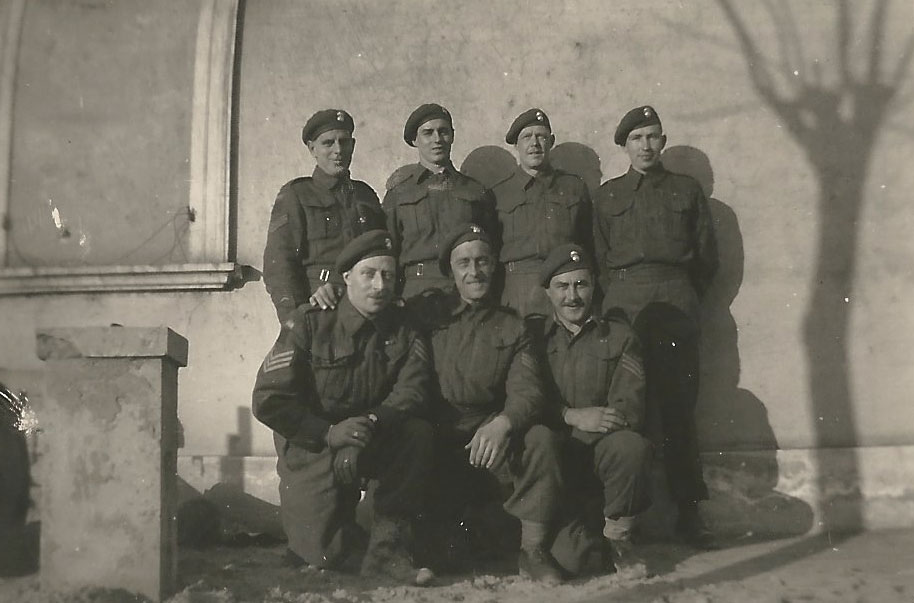
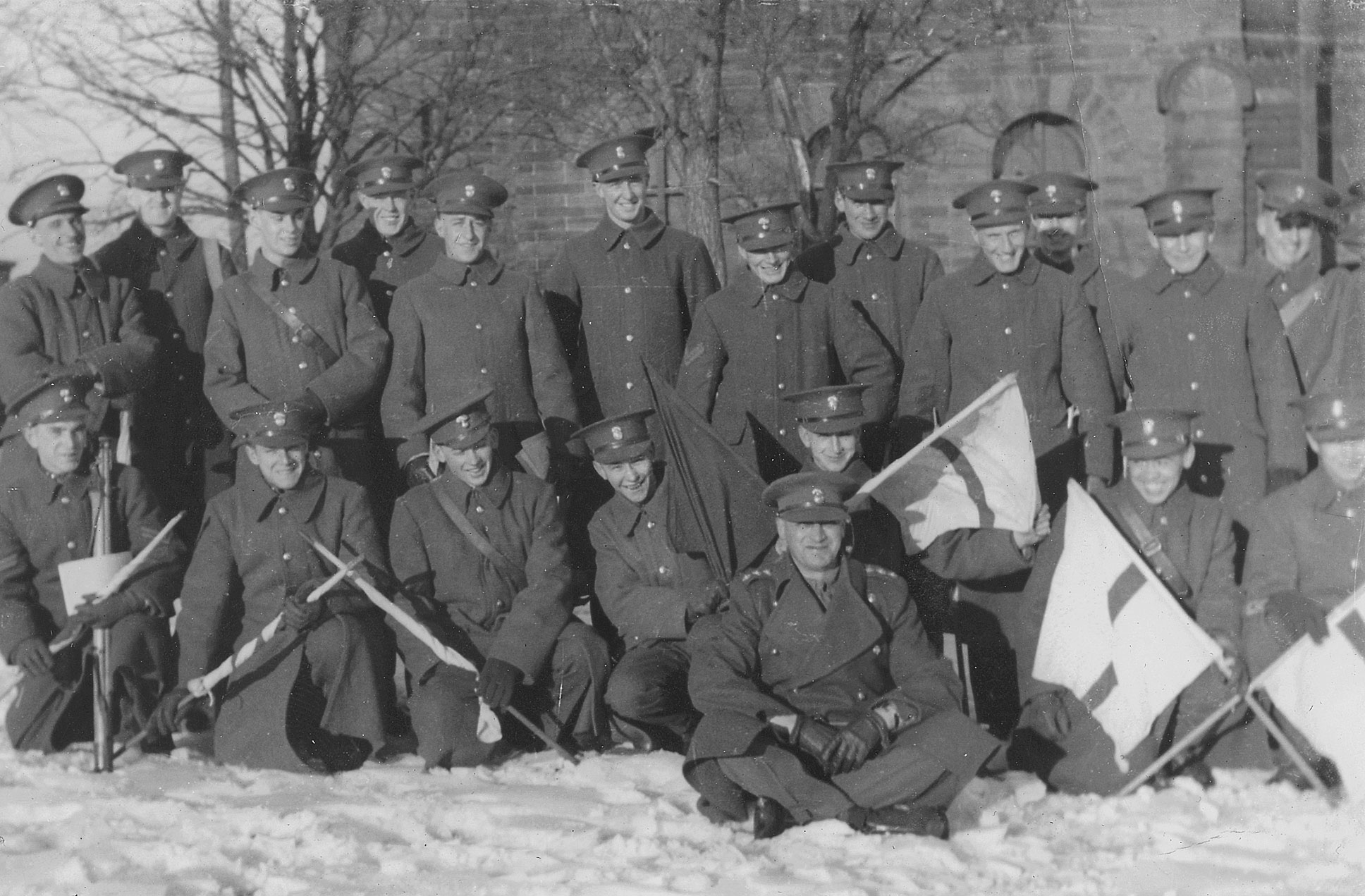
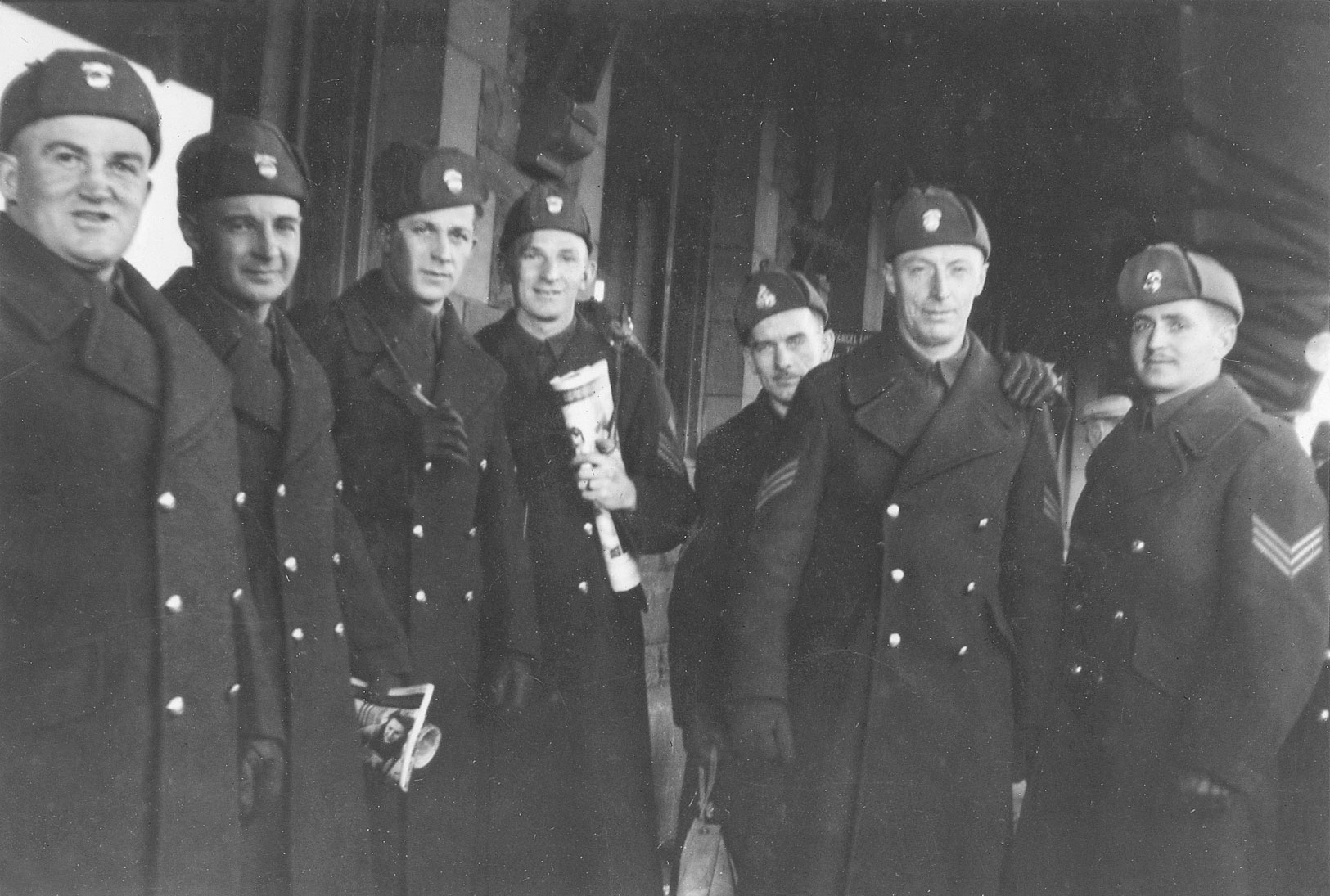
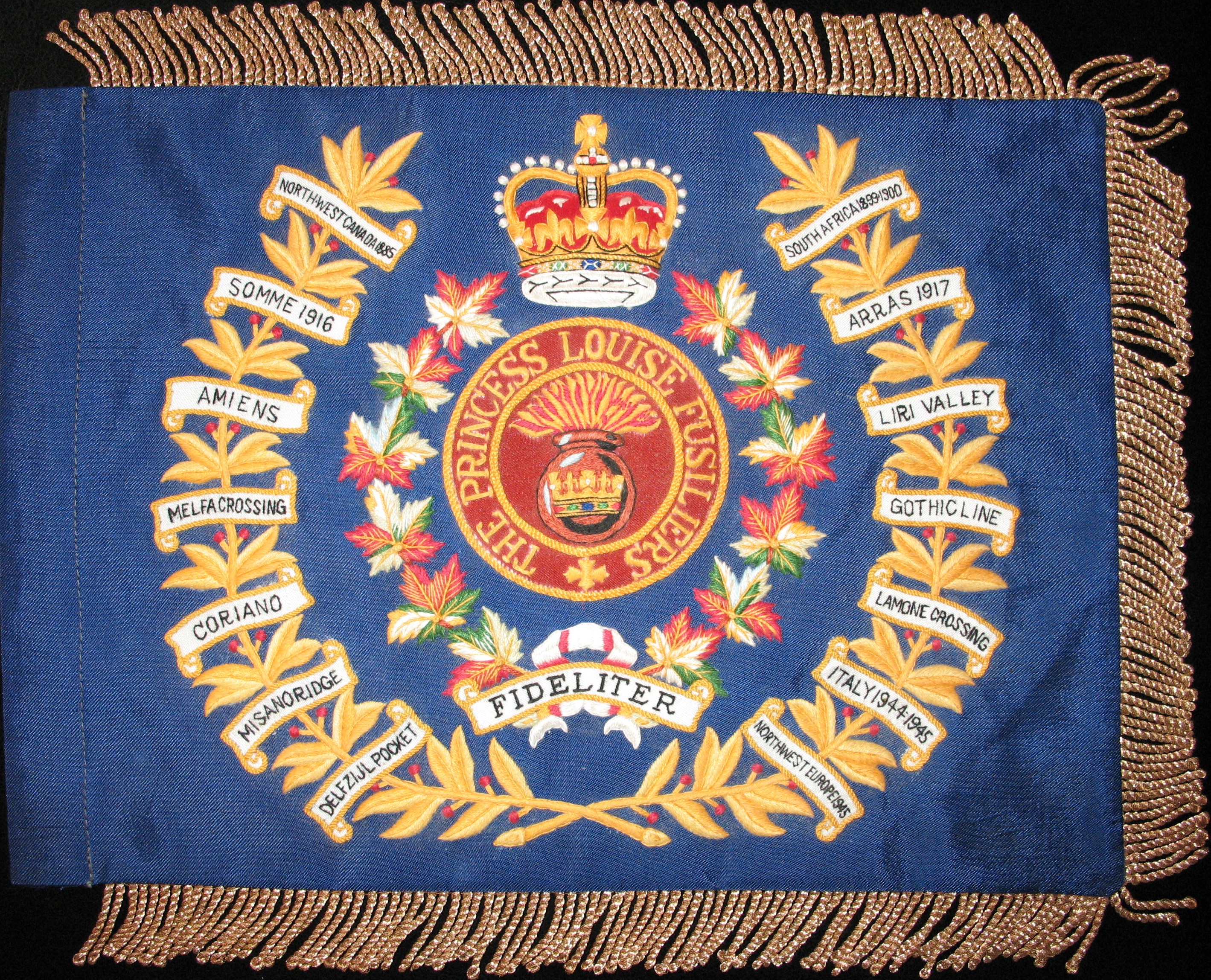
Princess Louise Fusiliers Regimental Colour
There were close to 5,000 volunteer militia, accompanied with permanent force units, called out for active service in the North-West Rebellion in 1885.
The Halifax Provisional Battalion was formed – consisting of 359 men and 31 officers made up of three companies from the then 66th Princess Louise Fusiliers Regiment, three companies of the 63rd Halifax Rifles Regiment, and two companies of the 1st “Halifax” Brigade of Garrison Artillery. They left Halifax on 11 April (1885) on the Intercolonial Railway, making a number of stops along their way West.

The rail-line wasn’t fully complete across the country, having some gaps where the battalion had to march, namely over a section of ice-covered Lake Superior. And on 21 April, the battalion suffered its first casualty - Private F. Marwick, of the 63rd Regiment, who died of exposure.
The battalion picked up the line again, and made their way to Winnipeg, having travelled 4,785 km (2,973 mi) over ten days. In Winnipeg they met up with other battalions and received their assignments.
The Halifax Provisional Battalion was assigned to guard communications and telegraph lines, dig trench lines and ensure supply lines were secure in the District of Assiniboia, first at Swift Current, then later at Medicine Hat and Moose Jaw areas.


Keep in mind, at that time the province of Saskatchewan didn’t exist (only becoming a province and joining Canada in 1905), but rather there were a number of Districts till you reached British Columbia.

While in Medicine Hat, the Halifax Provisional Battalion suffered its second casualty, Private William Muhlig of the 66th. He drowned in a local river while bathing. Age twenty, he had been married only a few weeks before the battalion departed Halifax.
The Battalion ultimately never saw action and later they returned to Halifax in mid-July, arriving on the 24 July at the North Street Intercolonial Railway Station from which it had departed more then three months earlier.

Opened in 1878 at the foot of North Street west of Richmond Street (now Barrington), the railway station was practically destroyed in the Halifax Explosion and later it closed in 1920 when a newer rail station opened downtown at the current site of the VIA Rail Station.
On 27 June 1899, 500 men from the 66th Battalion “The Princess Fusiliers” marched from their old drill shed quarters on Spring Garden Road to their newly built quarters at the Halifax Armoury.
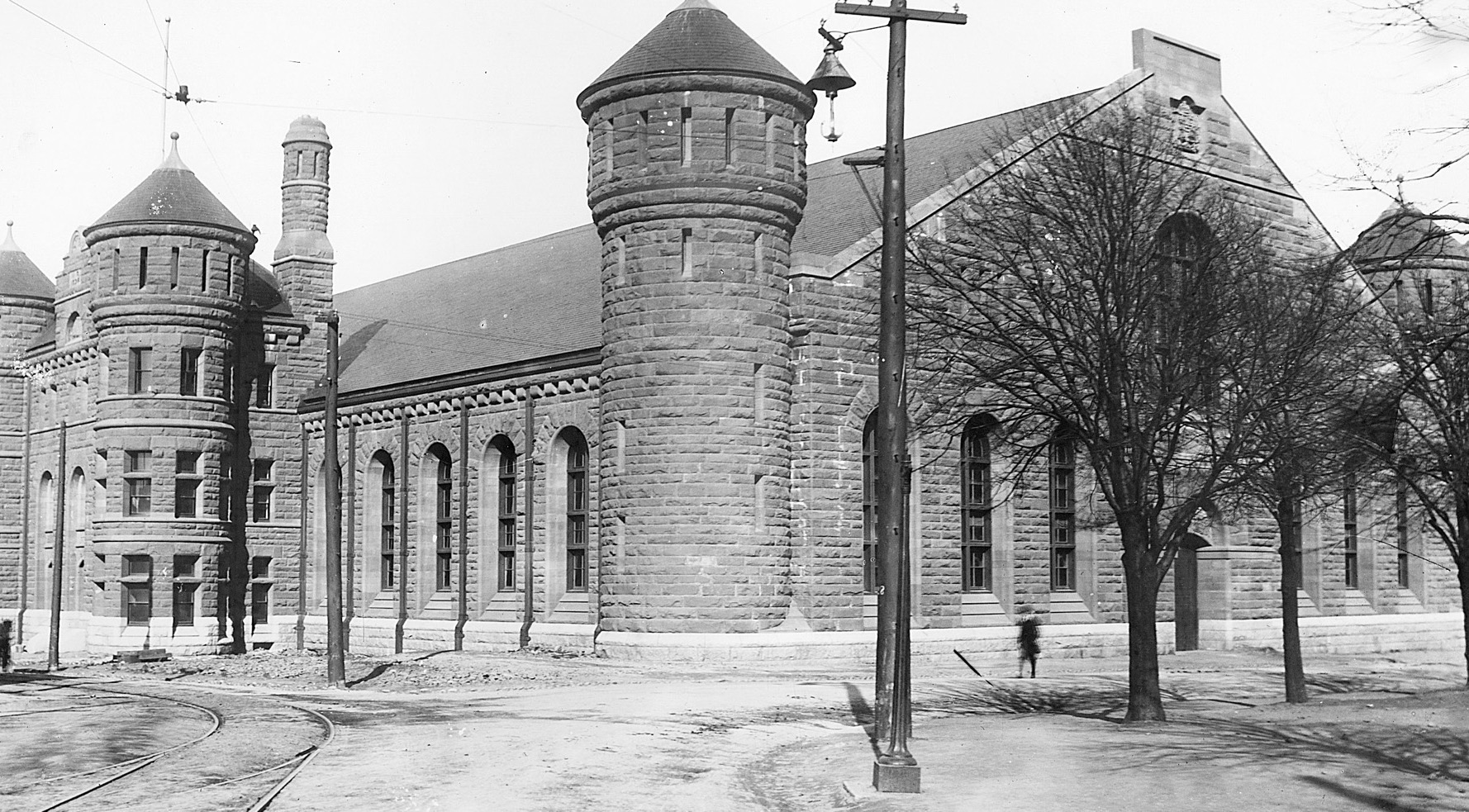
No sooner when the regiment had settled in their new Armoury home when the federal Government of Prime Minister Wilfred Laurier called out a first contingent of 1,000 men from the provinces to assist Britain in the South African War (Boer War 1899-1902). The call out for volunteers in Canada would be formed up as a special service battalion of the Royal Canadian Regiment (RCR2) under the command of Lt.-Col. William Otter.